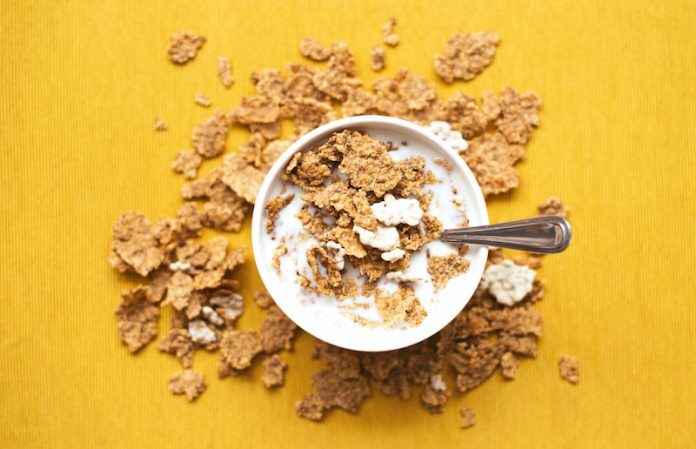
We often hear about the importance of a high-fiber diet but do we really know what it means and why it’s beneficial?
Fiber is a type of carbohydrate that our bodies can’t digest. While that might sound bad, it’s actually a good thing. Let’s unravel the mystery and benefits of high-fiber diets.
Understanding Fiber and High-Fiber Diets
Fiber is found in fruits, vegetables, whole grains, and legumes. Because our bodies can’t break it down, it passes through our system mostly unchanged, keeping our digestive system clean and healthy.
A high-fiber diet is simply one that includes a good amount of these fiber-rich foods.
The Science Behind High-Fiber Diets
Scientific research has highlighted several key benefits of a high-fiber diet. Here’s what the science says:
- Weight Management
Eating a high-fiber diet can help manage weight. How? Well, high-fiber foods tend to be more filling, so you’re likely to eat less and stay satisfied longer, which can help with weight control.
- Heart Health
Research also shows that a high-fiber diet can help reduce the risk of heart disease. This is because fiber helps lower the levels of “bad” cholesterol in your body.
- Digestive Health
When it comes to your digestive health, fiber is a superstar. It helps to keep things moving along your digestive tract, reducing the risk of constipation and other digestive problems.
- Blood Sugar Control
If you have diabetes or are at risk, a high-fiber diet can be especially beneficial. Fiber, particularly the soluble type, can slow the absorption of sugar and help improve blood sugar levels.
Making Fiber a Part of Your Diet
Knowing the benefits of a high-fiber diet is one thing, but how do you actually make it a part of your everyday life?
First, it’s important to gradually add fiber to your diet. A sudden increase can lead to bloating or gas. So, start slow.
Second, aim to include a variety of fiber-rich foods in your meals. This not only helps ensure you get enough fiber but also exposes you to a range of other nutrients these foods contain.
Here are some simple ways to get more fiber:
- Eat whole fruits instead of drinking fruit juices.
- Replace white rice, bread, and pasta with brown rice and whole grain products.
- Include more legumes, like beans and lentils, in your meals.
Final Thoughts
While a high-fiber diet offers significant health benefits, it’s not a cure-all solution. It’s just one part of a balanced diet. Also, remember that everyone’s body is different. What works for one person may not work for another.
It’s always a good idea to talk to a doctor or dietitian before making significant changes to your diet. They can guide you based on your individual needs and health conditions.
Like any lifestyle change, the key to incorporating more fiber into your diet is to start slowly and make sustainable changes. With patience and persistence, you can enjoy the lasting benefits that a high-fiber diet offers.
This review is based on studies from reputable sources such as The New England Journal of Medicine, The American Journal of Clinical Nutrition, and The Journal of Nutrition.
To dig deeper into these studies, ask your healthcare provider or a librarian for help. You can also find many of these studies online, but please consult with a healthcare provider if you have any questions or concerns.
Follow us on Twitter for more articles about this topic.
Copyright © 2023 Scientific Diet. All rights reserved.





